PRESENTS
 BY DAVID MEYERS | DIRECTED BY BARI NEWPORT
BY DAVID MEYERS | DIRECTED BY BARI NEWPORT





 BY DAVID MEYERS | DIRECTED BY BARI NEWPORT
BY DAVID MEYERS | DIRECTED BY BARI NEWPORT































Davidfellinlovewiththeateratthetenderageof6whenhesaw PeterPanonBroadway Helovedtheproductionandrefusedto leaveuntilhecouldseetheshowagain(hewaspromptly ejectedfromthetheaterbyadisgruntledusher)

David’sfirststageperformancewasanelementaryschooltalent show,wherehesang“I’mFlying”fromPeterPan David continuedtoactthroughouthischildhoodandteenageyearsat variousprofessionalandcommunitytheaters,summercamp (FrenchWoods),andhisbedroom.
Davidauditionedforandwasacceptedtotheacting conservatoryatBostonUniversity Duringhisfreshmanyear,he becamebewitchedbypoliticsandtransferredtoRutgers Universitywherehereceivedadegreeinpoliticalscience(and alsodidsomeprofessionaltheaterinNewYorkandNewJersey) DavidlatermovedtoWashington,DC,whereheworkedinthe WhiteHouseandtheSenate Aftertheadventureofalifetime, Davidreturnedtohisfirstlovesofactingandwriting.
BariNewportjoinedGableStageasProducingArtistic DirectorinApril2021.ShecametoMiamifromthe PenobscotTheatreCompanyinBangor,Maine,whereshe servedasArtisticDirectorfornineseasons Previously,she wasartisticassociateattheAllianceTheatreinAtlanta, artistic/literarymanageratthePasadenaPlayhouse, associateproduceratHorizonTheatreandassociate directorofFloridaRepertoryTheatre Asaproducer, Newporthasbeenresponsibleforthecreationand stabilizationofawiderangeofartisticinitiatives, includingextensiveworkinnewplaydevelopment, educationandcommunityengagement Whileleading Penobscot–whichserves40,000peopleeachseason–Newportdoubledthebudgetineightyears;producedfiveworldpremieres;createda partnershipwiththePenobscotNation,withwhomshedevelopedtwolarge-scaleNEAsupportedprojects;andfullyfundedthecompany’sendowment.Shekeptherentirestaffof15 employedduringthepandemicandproducedaninnovativeseasonthatincluded17newly commissioneddigitalprojects SheearnedherBFAfromtheUniversityofSouthernCalifornia andMFAfromtheUniversityofIowa Bariisa20yearmemberoftheStageDirectorsand ChoreographersSocietyandtheActor'sEquityAssociation.





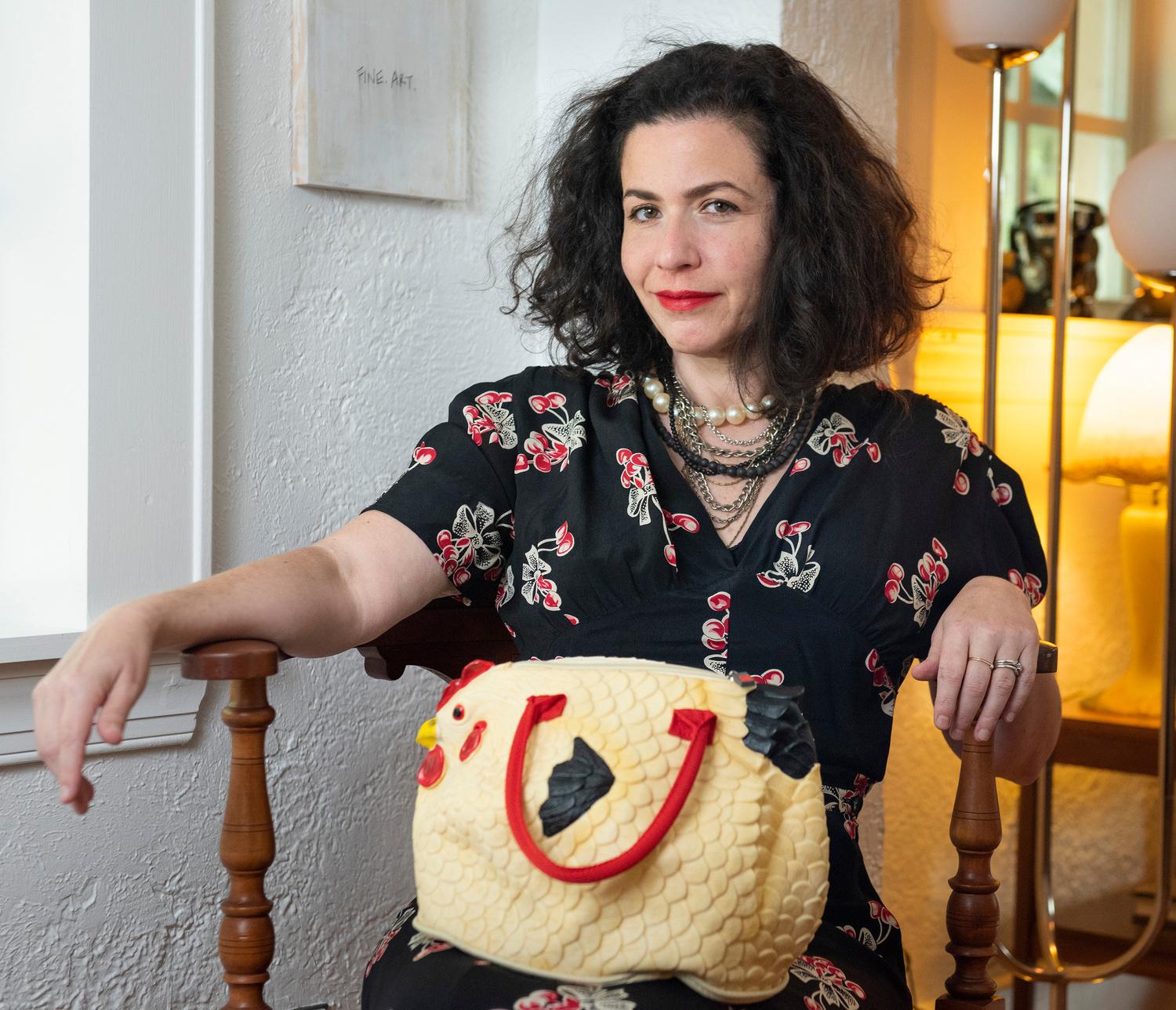


Sophie was the youngest girl in a family of five siblings. From a young age, she enjoyed reading, writing, and drawing. In many ways she was an ordinary German girl except that her bravery in the face of unparalleled evil and power has catapulted her to legendary status. Although it’s not believed that Sophie wrote any of the leaflets herself, she was the group’s treasurer and instrumental in duplicating and distributing the leaflets. Whereas Hans was known as the “brains” of the group Sophie was the “heart'' of the White Rose - providing the elemental support needed to march forward in their resistance efforts. Sophie was 21 when she was executed by the Nazis.

was the oldest boy in the Scholl family. While studying medicine at the University of Munich, he was living the life of a soldier-student. Hans read widely and, like Sophie, voraciously. He enjoyed reading a wide variety of authors, like Augustine, Mann, Rilke, and the Bible, and read across multiple disciplines. Hans was inspired by his readings to stand up to the Nazi regime. His father had been a pacifist during WW1 and an avid reader of banned books - his own values and convictions influenced the Scholl siblings and played a part in developing a strong sense of self, unbreakable spirit, and unflappable values. Hans was 24 years old when he was executed by the Nazis.


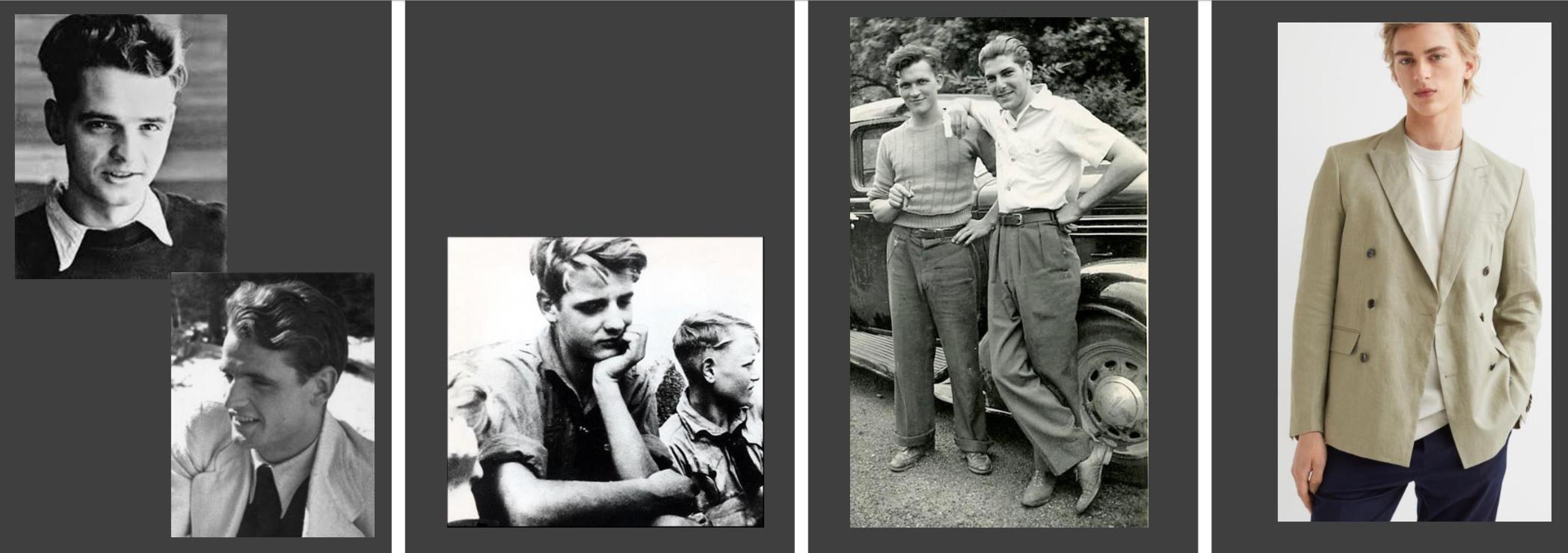

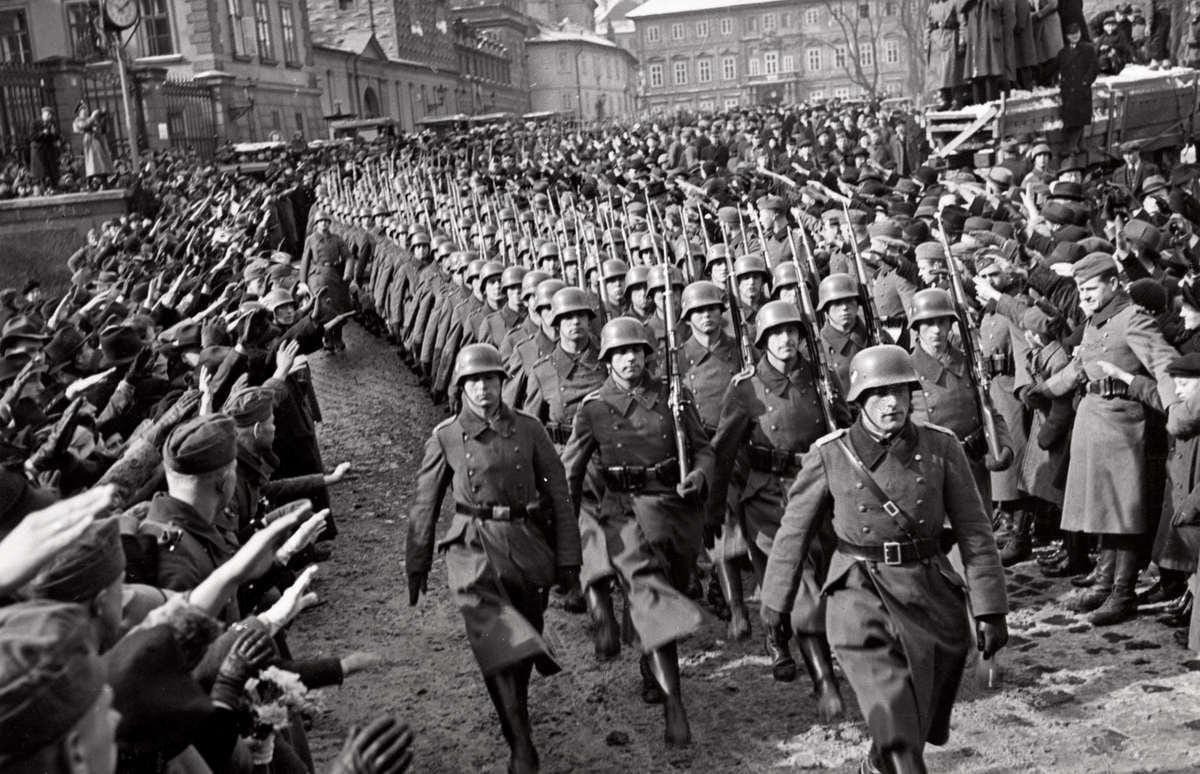












The group began with Hans Scholl and Alexander Schmorell who met while part of the same medic unit. Through Alex, Hans met Chris - a friend of Alex’s from school. Eventually Willi Graf also joins the group. The friends found they had a lot in common: literature, music, art and a desire to speak up against the Nazi regime.
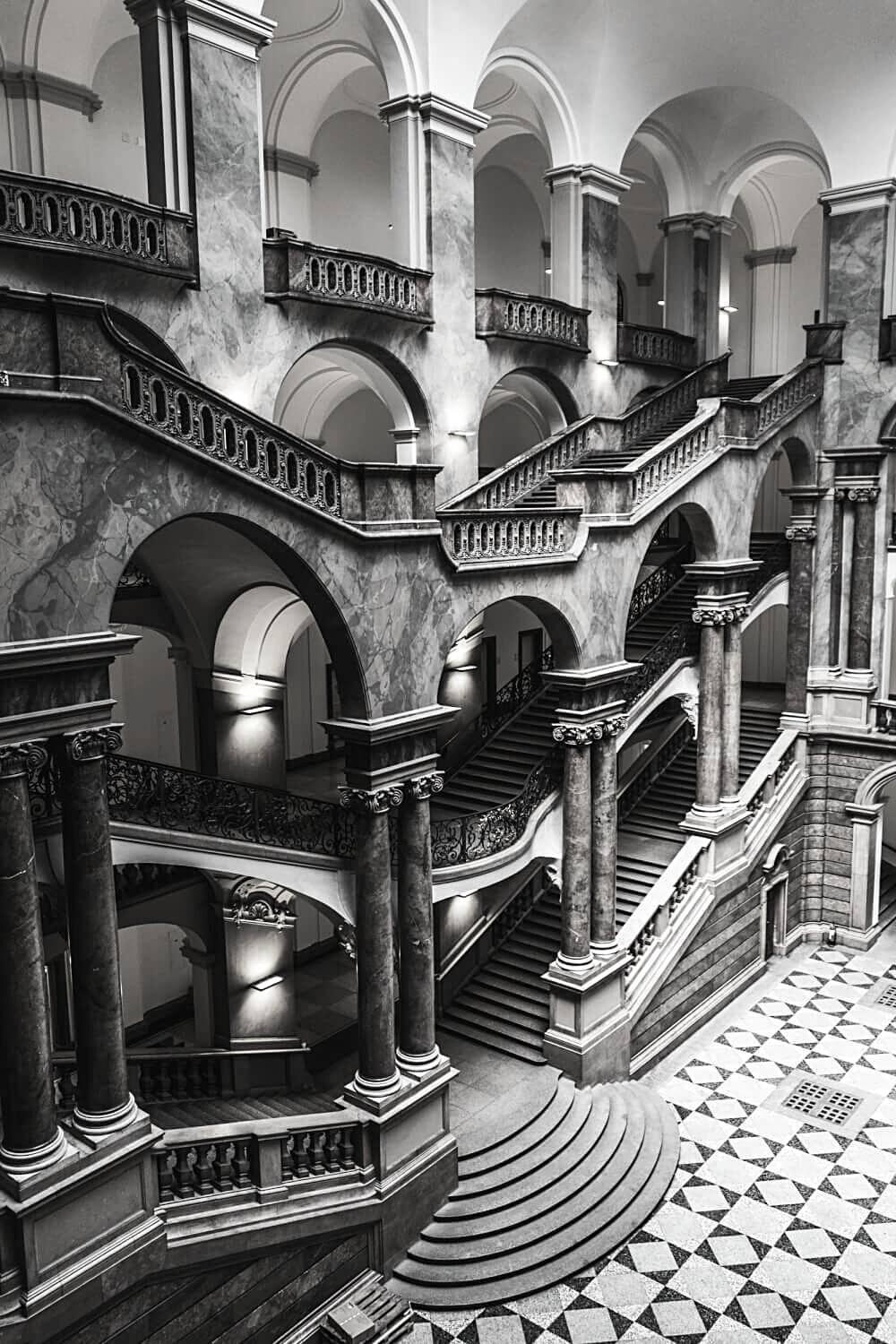
It’s unclear how Sophie learns about the identity of the White Rose group members. Some accounts say that she came upon a leaflet during a lecture by Kurt Huber (a late addition to the group and a professor at the University of Munich) and then found books with highlighted text that matched the leaflets in Hans’ apartment. Other accounts state that she suspected Hans had been writing the leaflets. When she confronted him he said, “It’s not a good idea to ask who wrote the leaflet as that person’s life might be in endangered.” Eventually Hans confesses and Sophie demands to be part of the anti-Nazi resistance group.





The idea for the leaflets was a communal product - the leaflets were the legacy of late night gatherings full of discussions about books, politics, art, and music. Through them they sought to find answers to the questions: How should a responsible person act under a dictatorship? How can one stand up and speak when it could result in a death sentence? As one of the friends said in one of these late night gatherings, “But isn’t it preposterous that we sit in our rooms and study how to heal mankind when on the outside the state every day sends countless young people to their death? What in the world are we waiting for? Until one day the war is over and all nations point to us and say that we accepted this government without resisting?” (Freedman, 37)
In June 1942 the first leaflet was written and distributed.



Willi Graf was one of the last to join the White Rose group. Similar to Hans and Alex he was also a medic and was stationed
in Poland and Russia. He was instrumental in distributing and expanding the White Rose network. He used contacts in other parts of Germany to spread the word and garner support for their resistance movement. Willi was 25 when he was executed by the Nazis.



Alexander Schmorell grew up speaking Russian and enjoyed Russian culture - he was a big fan of Russian author Dostoevsky. He had
issues with the demands of National Socialism from the beginning. He disliked the regimented, drab, and confining nature required of the followers of the Third Reich. In fact, when he was required to pledge his allegiance to Hitler at the beginning of his enlistment in the army he “broke down” and “told [his] commanding officer that he was unable to take the oath.” Alex’s bilingualism provided a link to the Russian people while he, Hans, and Willi were stationed on the Eastern Front. Alex was 25 when he was executed by the Nazis.

Chris Probst was a young father of two with one more child on the way (his wife and newborn baby were in the hospital recuperating at the time of his arrest - .
he never meets his newborn child). He had grown up with a Jewish stepmother and had been wary of the takeover by the National Socialists since the early days. He had become close friends with Alexander Schmorell when they met in high school. He eventually meets Hans through Alex. He was encouraged by Hans to pen the sixth leaflet for the White Rose - unfortunately, this is the same leaflet that was found on Hans’ person on the day of his arrest. Chris was 23 when he was executed by the Nazis.



Kurt Huber was a popular professor of philosophy at the University of Munich. His lectures were full to the brim and it was often hard to get a seat in the room. Many of the students enjoyed his satirical and witty lectures that often demeaned National Socialism. Sophie attended his lectures twice a week in her first term. It wasn’t until December 1942 that Kurt decided to help the White Rose group when Hans admitted that he and a few other University of Munich students were behind the leaflets. Kurt Huber was 49 years old when he was executed by the Nazis.


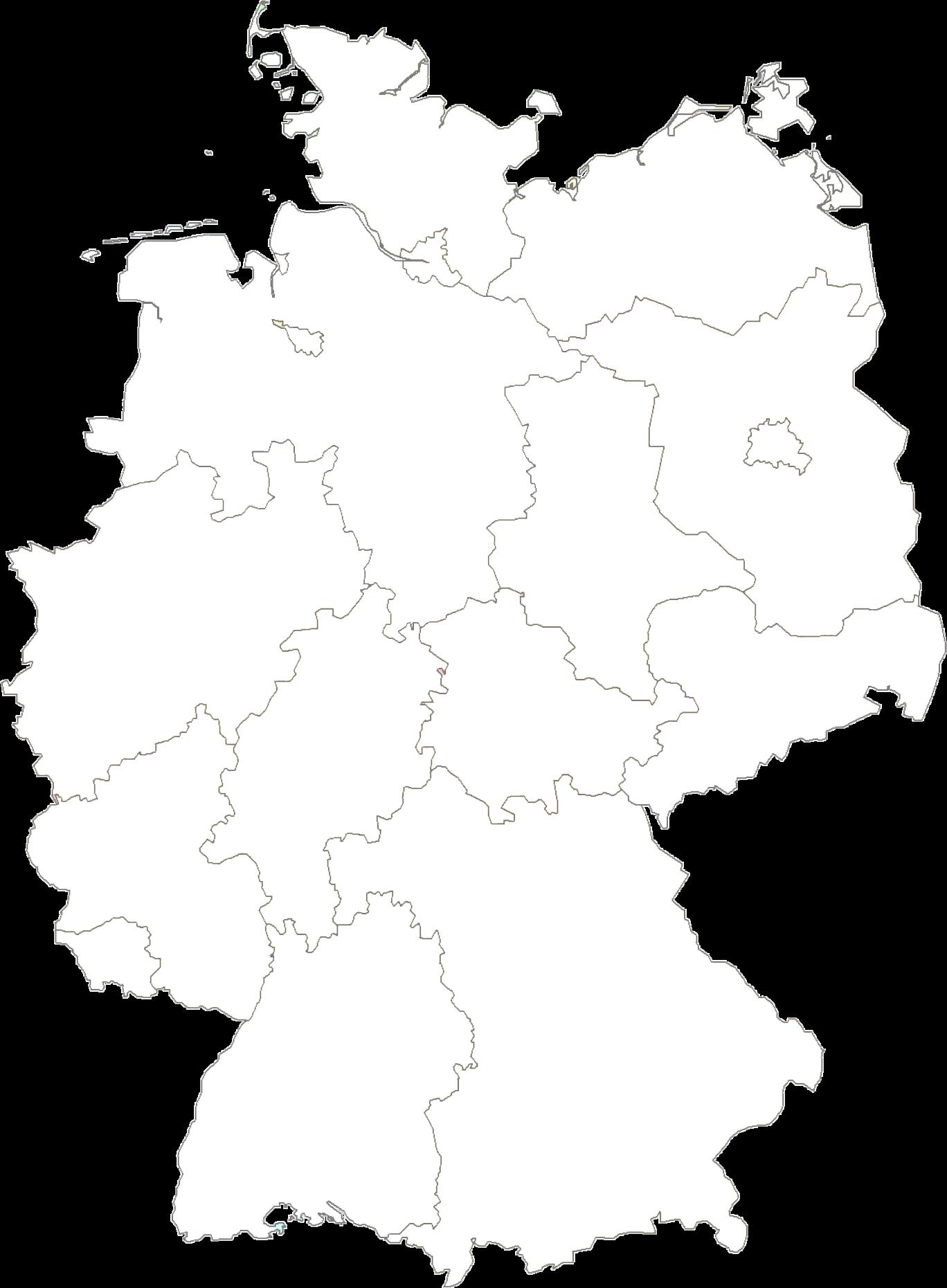

Draft of the seventh leaflet found on Hans, at the time of his arrest - it was never typed or distributed.



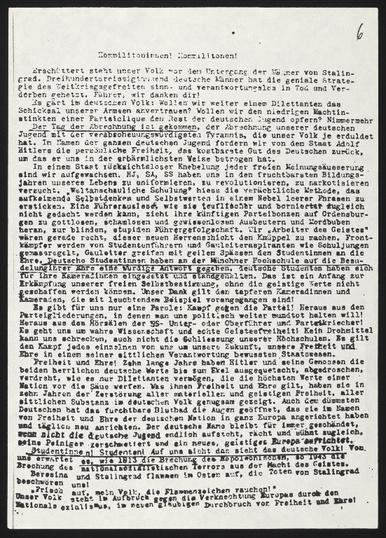





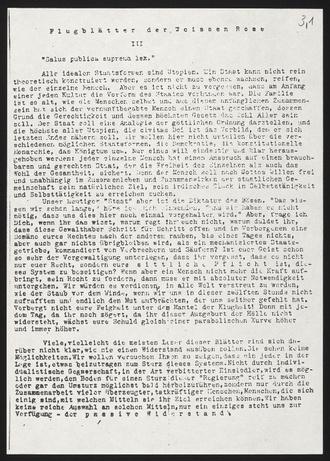



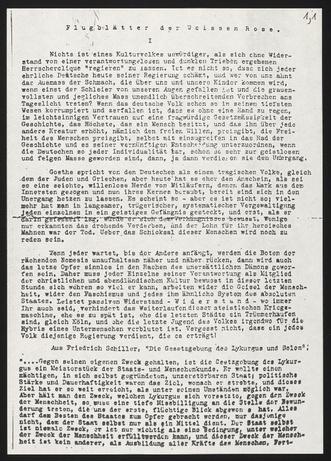

“Do not forget that every nation deserves the government that it endures.” “[A]nd once again the German people slumbers on in its dull, stupid sleep and encourages these fascist criminals...” “For with each day that you hesitate, failing to oppose this monster from hell, your guilt will keep growing as in a parabolic curve.”
is a lie... His mouth is the foul-smelling maw of Hell...”
“Germans! Do you and your children want to suffer the same fate that befell the Jews? Do you want to be judged by the same standards as your seducers?.”
The German nation is looking to us...The dead of Stalingrad implore us to take action!”

This textbook was used to teach 'racial science'. As part of the National Socialist curriculum, racist ideas were treated as “scientific” during this time: biology was linked to physical appearance as it supposedly determined what people were capable of and what limited them. Any textbooks used to educate students had to be approved by the party.


This is a mathematics exercise from a Nazi school textbook discriminating against disabled people. The exercise is titled ‘What is the cost of care for the hereditary sick?’ By comparing the cost of care to a workers’ annual salary, it aimed to show school children in Nazi Germany that disabled people were a financial burden on the state.


Youth group membership was mandatory for all Germans between 10 and 18 years of age by the year 1939. Those who failed to comply faced the threat of criminal prosecution. Boys would join the Hitler Youth. The purpose of this group was to spread and embed Nazi ideology and policy on impressionable young people. Throughout Germany, the Nazi Youth groups sang the same Nazi songs, wore the same uniforms, carried the same banners and were part of similar activities like hiking, marching, and telling stories over a campfire. They also prepared them for war and taught them survival skills and how to handle weapons. It was a big time commitment to belong to a youth organization and it often meant that Nazi youth leaders had more influence over children than parents, teachers, or religious leaders.

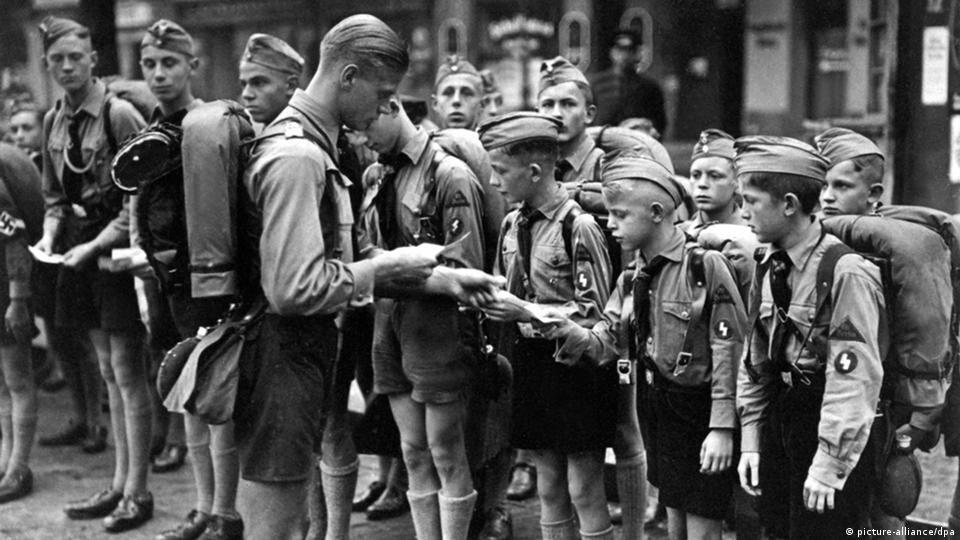
The League of German Girls was intended to prepare girls to be future wives and mothers. Girls’ sports tended to be collective and synchronized, rather than competitive and individual. Girls learned skills such as sewing, nursing, cooking, and household chores.

Members of the League of German Girls were expected to take children from families to visit the park while the mothers of the children were at work.


banning and book burnings became common across Germany. The largest book burning took place in Berlin, where over 40,000 university of Berlin students burned more than 25,000 books. The goal? To purify German education from “foreign,” “degenerate,” “and ”un-German” influences.



Students salute as a bonfire of books burns in Berlin's Opernplatz, May 10 1933.
One of the banned authors was Heinrich Heine, a favorite author of Sophie, who said “Where books are burned, they will ultimately also burn human beings.”

As costume designer, what gets you most excited about dressing a show?
As a costume designer, I don't necessarily get excited by the script alone. Sometimes that is the case, but mostly, I want to hear the director's vision. If the director is world building in a way that really excites and motivates me, then I am all in. In the case of WWNBS, Bari is willing to really take it to a dark and bleak place. Her vision is crystal clear and she actively uses the voices of her design team through the entire process to bring the world into life. We all participate equally. It is a rare and fulfilling way to work.

When you begin working on a show, are you given a strict budget to work within and does that differ depending on the company?



The budget for any production large or small is always looming over the design. However I do NOT design with a budget in mind. Rather I design what I want. Then when approved, I make sure that I can execute it within the budget or that I can get approval for additional expenses. Mostly the budget gets exploded and mended during tech week. Things have to be changed at the last minute, and sometimes that results in items that we cannot return eating into the budget. That happens on all kinds of productions.





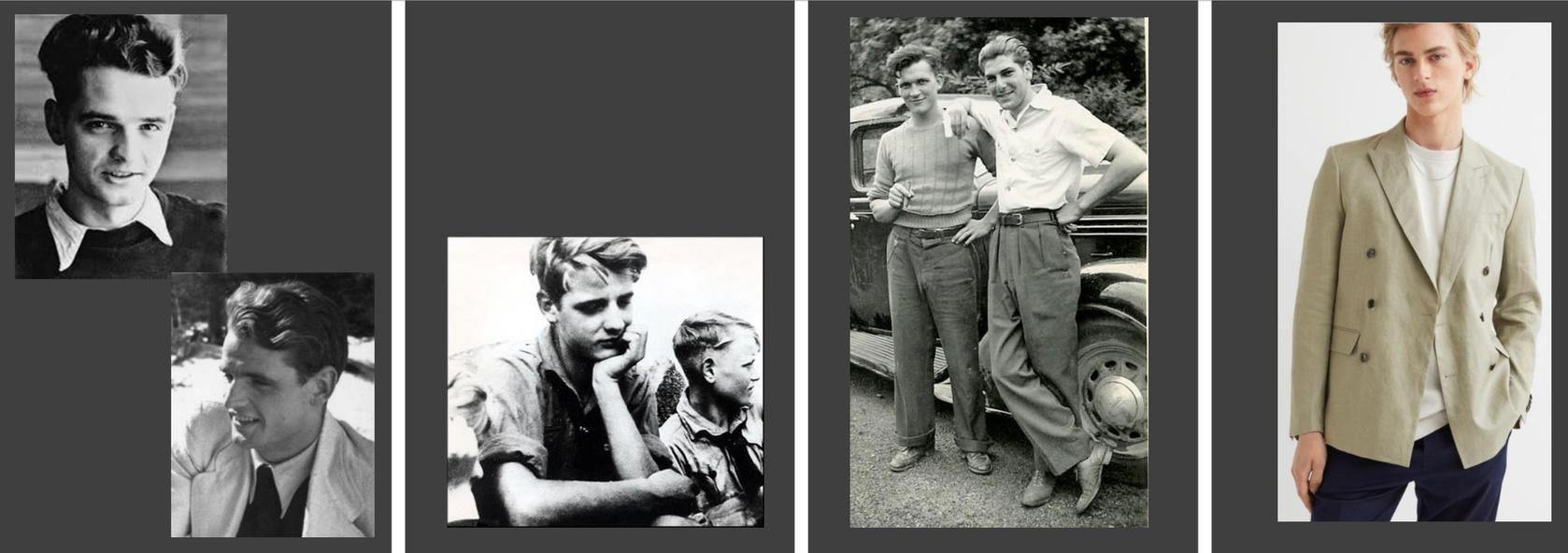

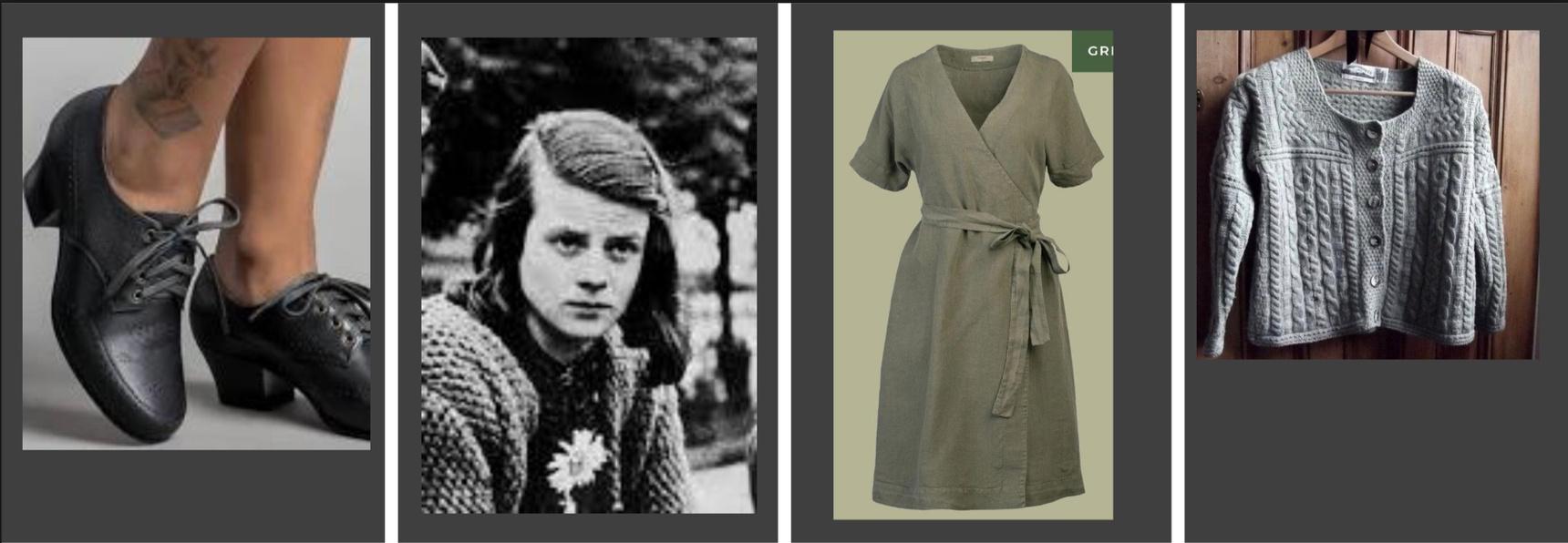




Get your hands involved. Ask a local designer if you can assist. Call around and ask for internships. We all hire who we know. Get yourself known. The better your reputation, the more opportunities that come your way. Never commit to working on something you don't have the time to do. Be eager and willing to learn all of the time, and remember that there is NO task that is beneath you

We Will Not Be Silent is set within a very well-known period of history, in terms of fashion. Do you find it more challenging to dress a show like this or something that requires less historical research?

Uniforms of any kind are immediately horrifying. Finding them in the right style and size is always an issue. Cops, paramedics, military...they all involve very specified research and acquisition techniques. Blech.... It doesn't make the show more challenging. There is just that initial moment of "Gaaa, not uniforms!!". Then you proceed as usual.
A dark and murky forest. It has nothing to do with the production, but the mood of a wet and murky forest sprang to mind: It is difficult to see through the trees: Where are you? What is out there? It's cold and uncomfortable. You cannot stay dry and warm. the colors bleed and blend together. Even though you know the trees are green, the ground is brown, the sky is blue, the murky darkness and rain wash everything into grayish-green tones. I used an image like that for the color palette.

Upon reading We Will Not Be Silent, what were the first visuals that inspired your design?
What advice would you give to any aspiring Costume Designers in our IGNITE program?
Once you've read the play, nominate a character to work with and put yourself into their experience as they journey through the play . This can refer to on-stage events or even what you can imagine of their experiences off-stage.

Make a playlist for your character which reveals their feelings and shifting moods. Songs do not have to be from the period of the play and can be chosen via the following methods: The general mood of the song The content of the lyrics Songs can be compiled as an 'emotional narrative' that tries to tell your character's story, scene by scene. If your character's emotions fluctuate wildly within a scene, you can opt to focus on just one scene. Talk through the choices within your playlist as part of class discussion
As we have seen from our interview with WWNBS designer, Camilla Haith, this production has the ability to dress the play in period clothing and uses a detailed set with props.
As prospective costume designers ourselves, let's imagine the following:
We are in a black box performing space with no set and only a small budget for contemporary clothing as costume options.
Search through fashion magazines and catalogues (both print & online) and look for details in modern fashion looks that could evoke the spirit of these characters.
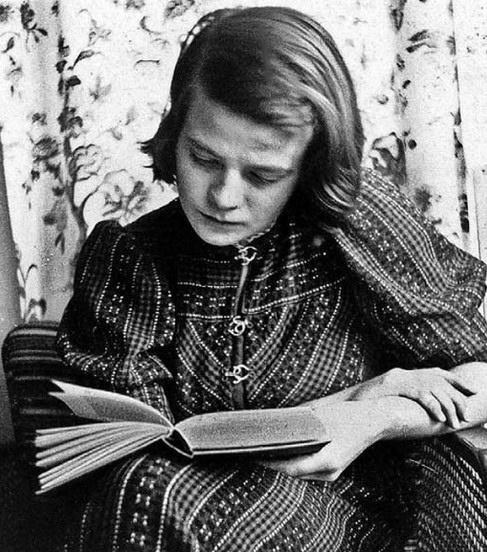
Students will create an original sketch/template of their character’s modern costume.
Have students indicate and label on the sketch/template important details such as types of fabric, trims, notions and accessories that will serve the character and their needs - explain your choices.
Spitzer, Tanja B. “Sophie Scholl and the White Rose: The National WWII Museum: New Orleans.” The National WWII Museum | New Orleans, The National World War II. https://www.nationalww2museum.org/war/articles/sophie-scholl-andwhite-rose.
A profile on Sophie Scholl and the White Rose movement.

Aicher-Scholl, Inge. The White Rose: Munich 1942-1943. Wesleyan Univ. Pr., 1998.
A powerful account of the resistance group made up of German students who opposed Nazism, written by the sister of two members who were killed.
Center, German Resistance Memorial. “German Resistance Memorial Center- Topics.” German Resistance Memorial Center - 15 The White Rose. https://www.gdw-berlin.de/en/recess/topics/15-the-white-rose/.
The German Resistance Memorial Center is located in Berlin. It is a memorial and educational center intended to inform the public about resistance to National Socialism. The website provides an in-depth overview of the entire social breadth and ideological diversity of the fight against the National Socialist dictatorship. The focus is on the question of how individuals and groups stood up to the National Socialist dictatorship, what motives and aims they had, and what they planned for the time after National Socialism.
Ciponte, Andra Grosso. Freiheit!: The White Rose Graphic Novel. Plough Publishing House, 2021.
In stunning graphic novel format, the dramatic true story of the White Rose who resisted the Nazis and paid with their lives.
Dumbach, Annette E., et al. Sophie Scholl and the White Rose. Oneworld Publications, 2018.
In 1942, five young German students and one professor at the University of Munich crossed the threshold of toleration to enter the realms of resistance, danger and death. Protesting in the name of principles Hitler thought he had killed forever, Sophie Scholl and other members of the White Rose realized that the 'Germanization' Hitler sought to enforce was cruel and inhuman, and that they could not be content to remain silent in its midst. With detailed chronicles of Scholl's arrest and trial before Hitler's Hanging Judge, Roland Freisler, as well as appendices containing all of the leaflets the White Rose wrote and circulated, this volume is an invaluable addition to World War II literature and a fascinating window into human resilience in the face of dictatorship.
Freedman, Russell. We Will Not Be Silent: The White Rose Student Resistance Movement That Defied Adolf Hitler. Clarion, 2016.
A highly readable, thoroughly researched (with amazing archival photographs) book about the White Rose for students in grades 6-12.
Germany 1933: From Democracy to Dictatorship, Anne Frank Website, 13 Jan. 2020, https://www.annefrank.org/en/anne-frank/go-in-depth/germany1933-democracy-dictatorship/.

An article from the Anne Frank website detailing the rise of the Nazi regime. HistoryExtra. “The Stomach for the Fight: The Food Policies Used by the Nazis to Maintain Control in the Third Reich.” HistoryExtra, HistoryExtra, 30 Nov. 2022, https://www.historyextra.com/period/second-world-war/nazigermany-food-policies-second-world-war-shortages-propaganda-blackmarket-ersatz-hunger-plan/.
An article on the ways the Nazis used food to maintain control of the German population from the official website for BBC History Magazine and BBC History Revealed. Kip, Wilson. White Rose. Houghton Mifflin Harcourt Publishing Company, 2021.

A historical novel in verse about anti-Nazi political activist Sophie Scholl. McDonough, Frank. Sophie Scholl: The Real Story of the Woman Who Defied Hitler. History Press, 2011. An inspirational biography of Sophie Scholl by Frank McDonough a British historian of the Third Reich and international history. Scholl, Hans, et al. At the Heart of the White Rose: Letters and Diaries of Hans and Sophie Scholl. Harper & Row, 1987. Representing six years’ worth of diaries and letters, these well-edited extracts suggest how, over time, both brother and sister subconsciously prepared for the brave work they eventually undertook. It is simultaneously uplifting and agonizing to witness their gradual moral/philosophical development and their speedy capture and execution. Library Journal Simkin, John. Spartacus Educational, Spartacus Educational, https://spartacus-educational.com/GERwhiterose.htm.

A brief but fairly detailed summary of The White Rose group. Smale, Alison. “A Guillotine in Storage Bears Signs of a Role in Silencing Nazis' Critics.” The New York Times, The New York Times, 11 Jan. 2014, https://www.nytimes.com/2014/01/11/world/europe/a-guillotine-in-storagebears-signs-of-a-role-in-silencing-nazis-critics.html.
A NYT article on the recently discovered guillotine used to execute Sophie Scholl.
United States Holocaust Memorial Museum, United States Holocaust Memorial Museum, https://encyclopedia.ushmm.org/.
A valuable resource for anyone learning about the Holocaust. It's incredibly detailed, expertly researched, and appealingly laid out. “White Rose Foundation.” Weiße Rose Stiftung E.V., 8 July 2022, https://www.weisse-rose-stiftung.de/white-rose-foundation/.
The objective of the White Rose Foundation membership association is to uphold the memory and legacy of the resistance group The White Rose against National Socialism. The website includes information on the White Rose members, the leaflets, and the graffiti.
“White Rose Project.” WHITE ROSE PROJECT, http://whiteroseproject.seh.ox.ac.uk/index.php.

The White Rose Project is a research and engagement initiative at the University of Oxford. It works to bring the story of the White Rose resistance group, ‘Die Weiße Rose’, to English-speaking audiences. The website includes information on academic research, translations and creative writing (inspired by the White Rose group).

“White Rose Walking Tour.” Destination Munich - A Travel Guide to Munich, Germany, https://www.destination-munich.com/white-rose-walkingtour.html.
A White Rose walking tour exploring the traces of the resistance movement with pictures from the locations.



-Graffitied on Munich walls after the Scholl siblings’ execution